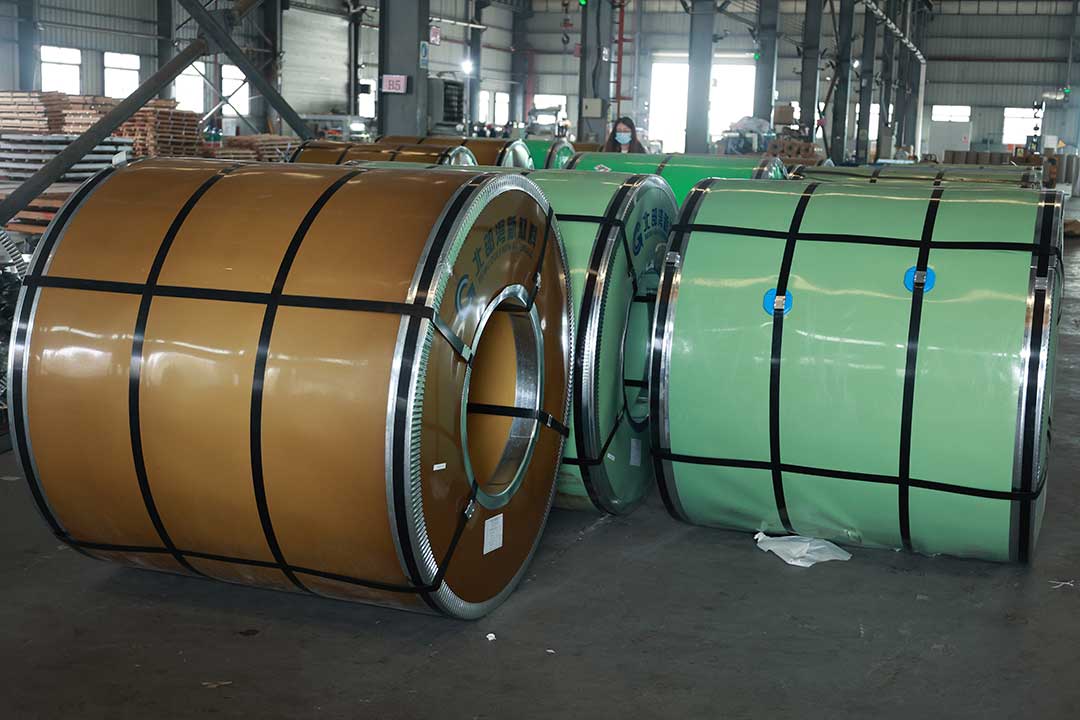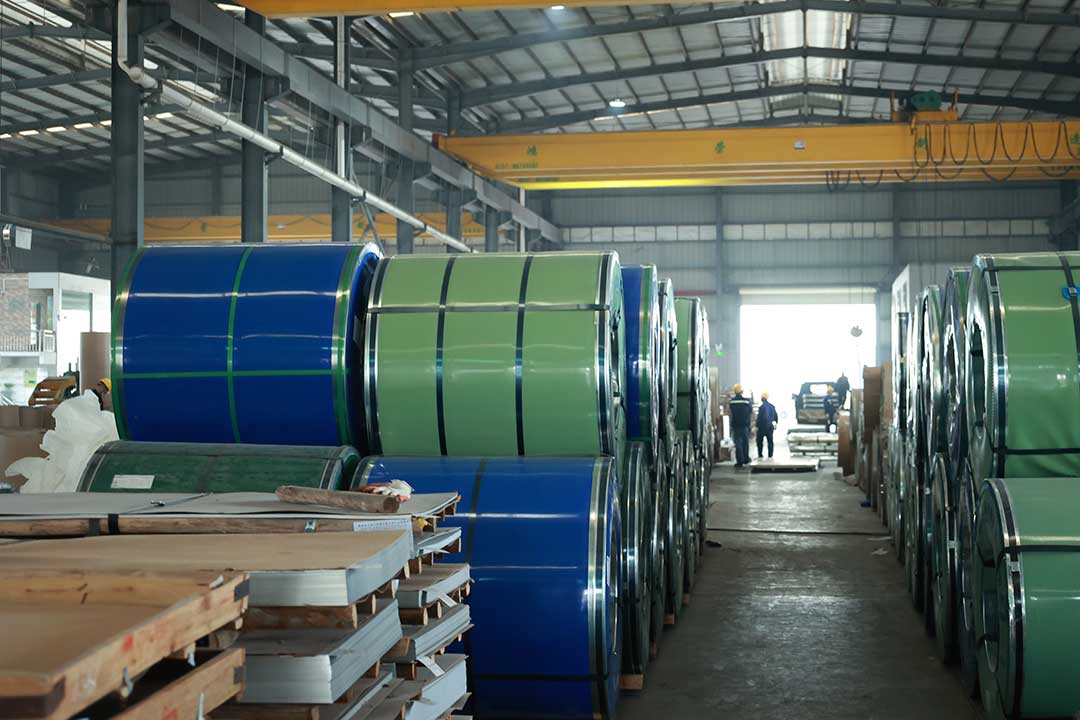Manufacturing In 200/300/400 Series Stainless Steel Since 2004. 【Online Catalogs】
Manufacturing In 200/300/400 Series Stainless Steel Since 2004. 【Online Catalogs】


Copyright © 2004-2022 Foshan Mellow Stainless Steel Co., Ltd. | All Rights Reserved 粤ICP备19129739号 Sitemap Kinlife Group Kinlife Boat Kindlemetal Stainless Steel Kitchen